Introduction
If the charge port in your Jambox has been lost or is not functioning properly, then these are the steps necessary for its replacement. This guide will require minimal soldering.
Ce dont vous avez besoin
-
-
Remove both end caps by putting a plastic opening tool in the center of the seam. Work around the edges to pry the end caps off completely.
-
-
-
Turn the Jambox upside down. Peel the indicated rubber tabs off, using a plastic opening tool if necessary.
-
Remove the three T6, 7.0 mm screws under each rubber tab.
I used rubber cement to reattach the pads. That will hold them in place and be easily removable in future.
Can someone show a picture of the screws…and where they screw not…even just for form’s sake?
-
-
-
With the Jawbone logo facing towards you and with correct orientation, place the Jambox with the left end cap facing upward.
-
Unscrew indicated T6 9.7 mm screws.
-
Gently loosen the tabs from their anchor points so the bottom may be removed.
-
Flip the Jambox so the other end cap is facing up. The USB cable is on this side (metal grounding clip, indicated in orange). Repeat the above two steps.
Make sure you pay close attention when removing the screw marked with a red circle that is in the left most position, as there’s a small grounding plate that will be completely unrestrained and free to get nice and lost only to be found later leaving you not knowing what the hell it is or where it came from should you not secure it before removing the panel that that screw secures. That grounding plate is crucial for the safety of yourself and your speaker, because it bridges the USB-micro power input jack to the metal frame. That means that should you lose it and put the speaker back together without it, your speaker will not be able to ground out and should there occur any surge during your charge cycle, like during a freak lightning storm, or whatever, your speaker won’t able to discharge that surge, which will no doubt fry your speaker, and likely kill whomever poor bastard happens to grab the speaker, say to turn it off during said storm as a safety precaution. SAFETY FIRST!
Btw, the screw I mentioned is shown in the third picture, since that small detail might have some play over success or failure in finding it…lol. Whoops.
-
-
-
Pry up the bottom panel by lifting from the device.
-
Pull the bottom up. This may take a bit of force as the bottom is glued to device.
-
Once removed, the battery will now be visible.
@jemdem (I assume this is the “Jay” involved) after looking at the pictures 3.1, 3.2, 3.3, I still don’t see what I would normally expect a “clip” to look like. Maybe the corners act as clips? If not, I can’t ‘clearly’ determine them, but it’s a fairly busy looking area with lots of recesses and all, so maybe they’re just blending in well?
There’s a plug on each foot in one of the corners that isn’t meant to be removed. The left one and the right one (when viewed so the writing appears correct way up), both have three pins and one plug, with the pins occupying three of the four corners (northeast, northwest etc.) and the plug occupying the remaining fourth corner. The left foot has pins in the upper right, upper left and lower left, and the plug which is part of the foot and plugs into the frame, is in the lower right corner, while the right foot is opposite, having pins in upper left, upper right and lower right, and the plug in the lower right. If that was too many ‘left’s and ‘right’s to follow along with, then just remember that the plug is on the lower-inside corner on each. The screw is in the center of each foot. If you pull too hard, or attempt to guide your pick/spudger all the way around when separating the foot, you could slice it right off, though adhesive will be needed for reapplying so severing isn’t the end of the world.
This is a reply to the third comment, and sorry for the reply not being immediately following, or better still, not a reply, and instead just correcting my comment, but I can’t edit it…anyway, I noticed a mistake in my description. The plug on the right foot is in the lower LEFT corner, not the Lower right. My apologies to anyone who followed my instructions about that foot and ended up damaging it.
…continuing, the last foot needing removed is the upper center, when viewed so the writing on the feet is correct way up. And the plug on that foot is in the upper position, so only separate the bottom and both sides to access the screw in the center.
After continuing with the side pieces, the ‘clips’ that were holding the end pieces on were indeed at the corners and are NOT visible, clearly or otherwise. In fact only the ‘well’ or socket that each of the clips insert into are clearly shown, however the clips themselves are on the end caps, not the main body. If the speaker you are working on appears to have been dropped before and the corners are at all crumpled inward, take extra care to try and straighten them back to original shape before attempting to unclog the caps because not doing so could result in the clips breaking off. This may sound difficult, but I managed to straighten out all eight corners of the one I’m working on with no issues using a pair of needle nose pliers that are toothless so as to not introduce any bite patterns to the grill.
-
-
-
-
Once all eight screws are removed, pry the sides of the Jambox to lift the body from it's shell.
It was at this precise moment (removing the shell) that I felt a small part hit my knee as it fell from the assembly and land in the carpet. It appears to be a small stainless grounding tab (clip) that I THINK came from the mounting pole beside the Micro B port and may act as a support and ground for the body of the port. Seems to fit but I dunno.
It is a grounding clip and does belong on the power input jack and must be there if you want your speaker to safely ground out in case of a surge. Don’t lose it a please do put it back when reassembling your speaker. Also, it helps to read the comments attached to each step, if you had you would have read my comment regarding exactly this issue in previous steps. I’m glad you at least didn’t lose it when it fell, as it’s not something that is obvious when missing and most people wouldn’t even notice if it was lost.
-
-
-
Turn the Jambox so that the button panel is visible.
-
Remove the indicated screws, T6 9.6 mm.
-
-
-
Remove the colored ribbon that connects the green button circuit board to the blue auxiliary board by using your finger to lift the small black tabs that clamp down the ribbon.
Thesmallblacktabsshouldnotbelifted.Theywillbebrokenbyliftingthem.Insteadyoushouldslidetheminthedirectionoftheribbon-paralleltotheboard.Theybreakeasilyandleaveyourdeviceworthlessifnotinstalledproperly.Nowmyspacekeynolongerworks.
This destroyed my fix. DO NOT TRY TO LIFT THE PLASTIC TABS!!! Despite what the instruction says it is impossible to do and will break with the slightest pressure upwards. I should’ve read the comment before from another user to slide the tabs OUT in the direction of the ribbon. I’ll keep going thru the steps to finish but this might prove worthless now.
IFIXIT needs to edit this!
-
-
-
Remove the indicated T6 7.4 mm screw holding the auxiliary board in place.
-
Carefully lift the auxiliary board up and off to the side.
-
-
-
The new charge port will need to be soldered to the logic board. For an exact match use Digi-Key part number CP-018HPJCT-ND
Surely there could be a direct LINK to buy this part?
Digi-Key part number CP-018HPJCT-ND
-
-
-
With a multimeter, test all 3 PCB contacts to determine which are positive, negative and ground. Similarly, ascertain each terminal of your "new" charger port and its corresponding PCB contact. Your "new" port can be a brand-new, identical replacement or a salvaged one of approximate size, post thickness and terminal orientation.
-
Unless an identical part replacement, you may have to bend your ports terminals in order to make proper contact and'or enlarge the panel opening for the AC plug as I did. To avoid repeat part failure, I hot-glued my charger port onto my PCB after reinforcing my port's terminals with thicker wire and generous solder.
-
To reassemble your device, follow these instructions in reverse order.
To reassemble your device, follow these instructions in reverse order.
Annulation : je n'ai pas terminé ce tutoriel.
21 autres ont terminé cette réparation.
11Commentaires sur le guide
Good instruction!
Problem is that the C14 got snapped off too! Not sure if it is really needed. Possible to get the complete board?
I lost C14 as well, anyone have a good replacement number for that?
Jason -
FYI the device will charge and power on without this capacitor. Not sure if it is needed for USB or 3.5mm output, but I don't really care about either of those scenarios.
Jason -
Just did this today. Worked like a champ. Put a little superglue gel under the new charge port and a good amount of solder. Great instructions and was an easy repair.
Mine only works on the charger... does this mean I need to replace the charge port or is it something else wrong ??? I need help please
How can I determine if it is the charge port or the battery that needs to be replaced before I purchase parts??!!










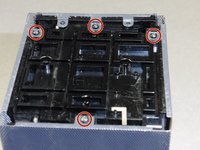
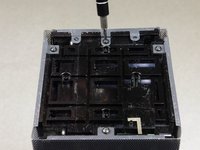
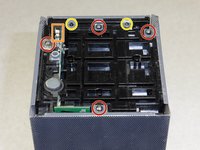



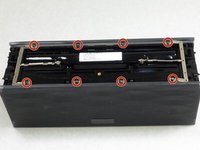
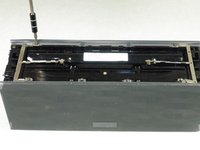




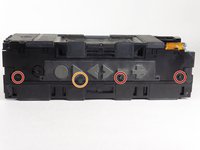
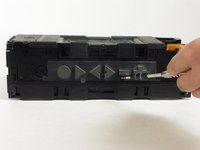



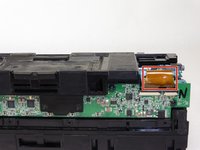
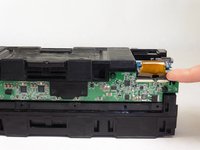


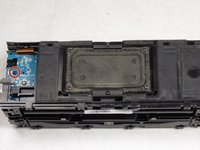
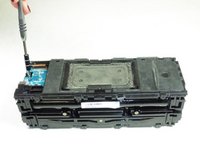

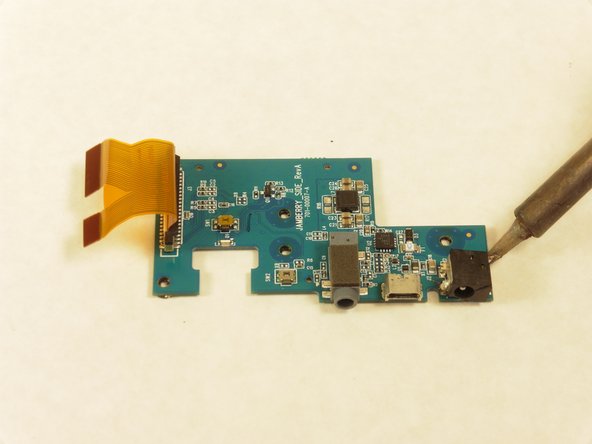
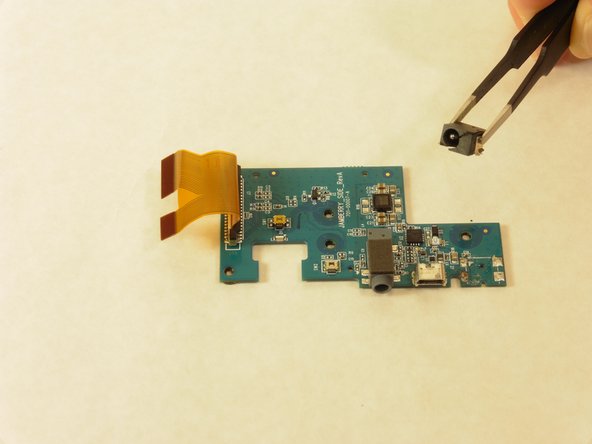
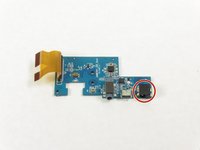
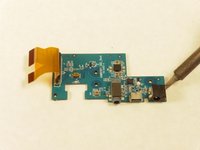
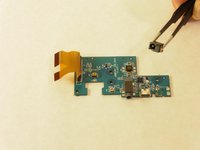



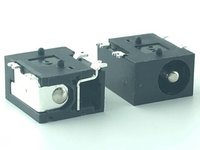


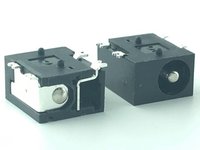
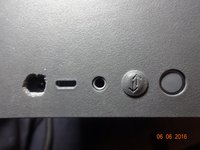
Can someone show the clips please in a photo?
kenneth keen - Réponse